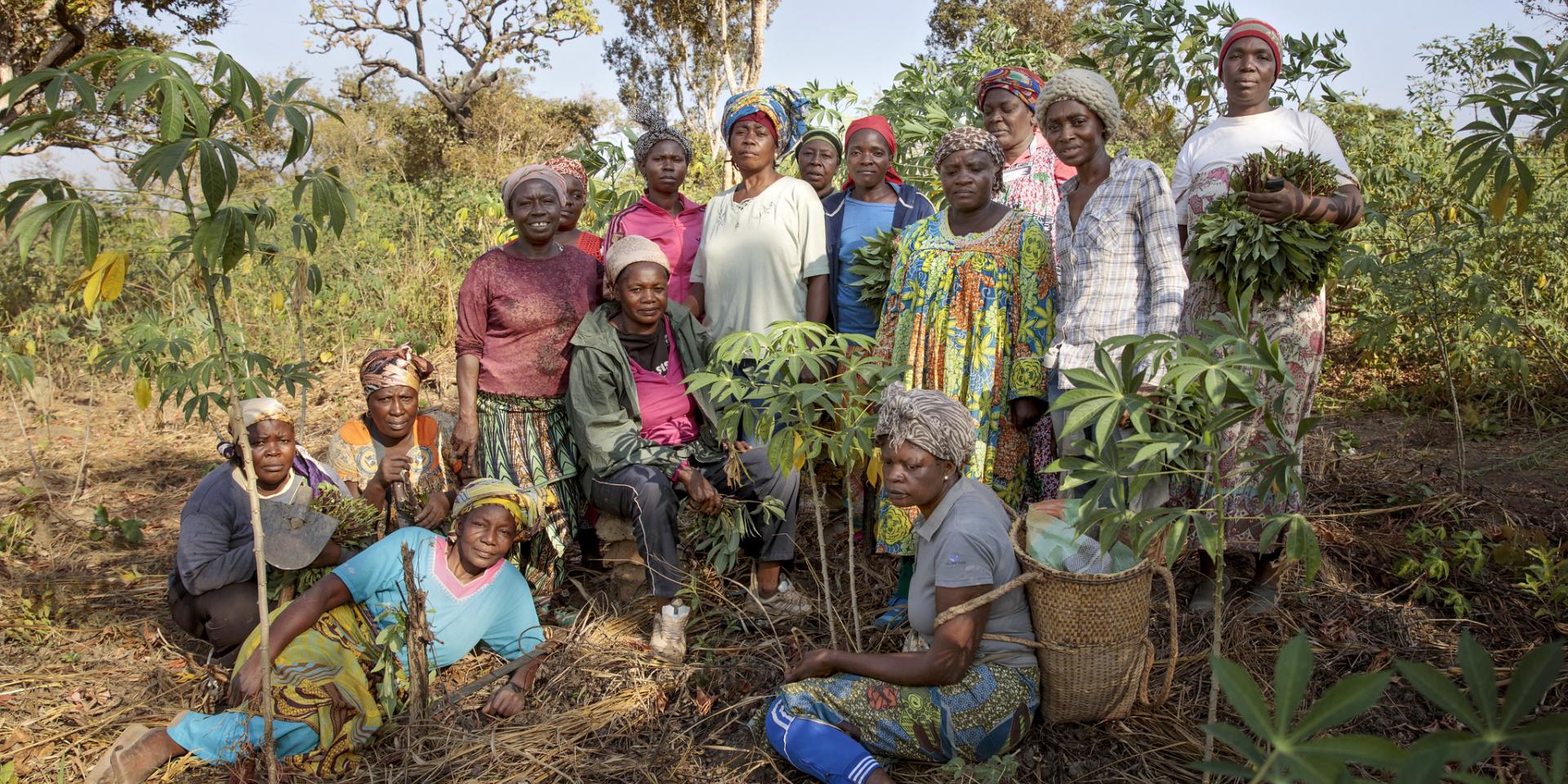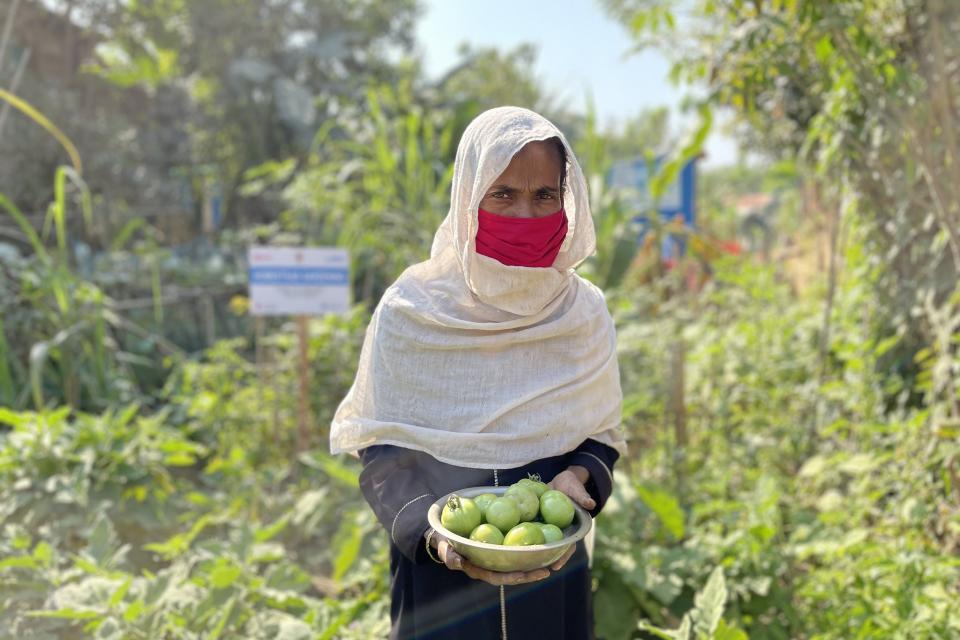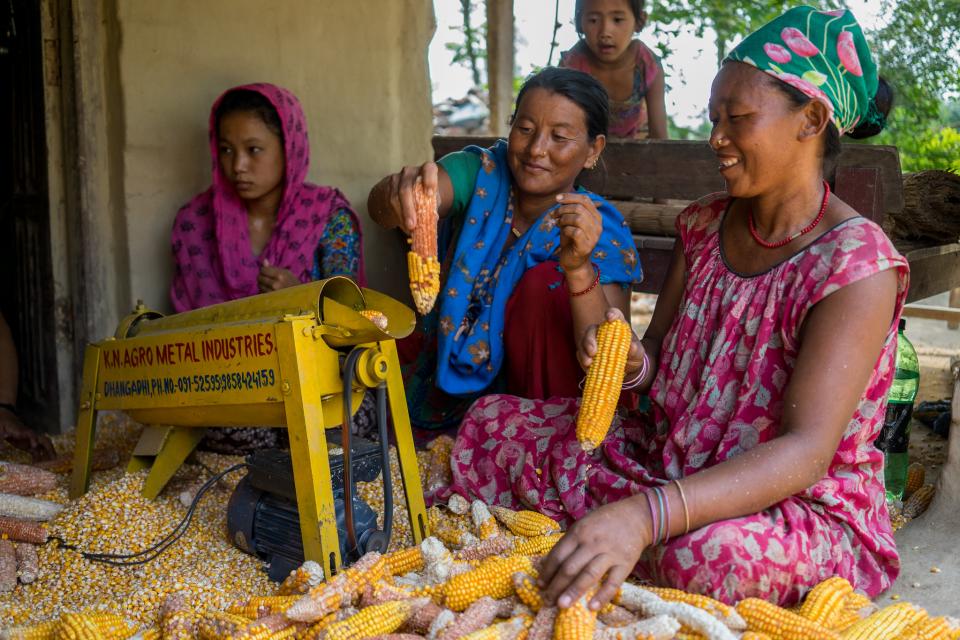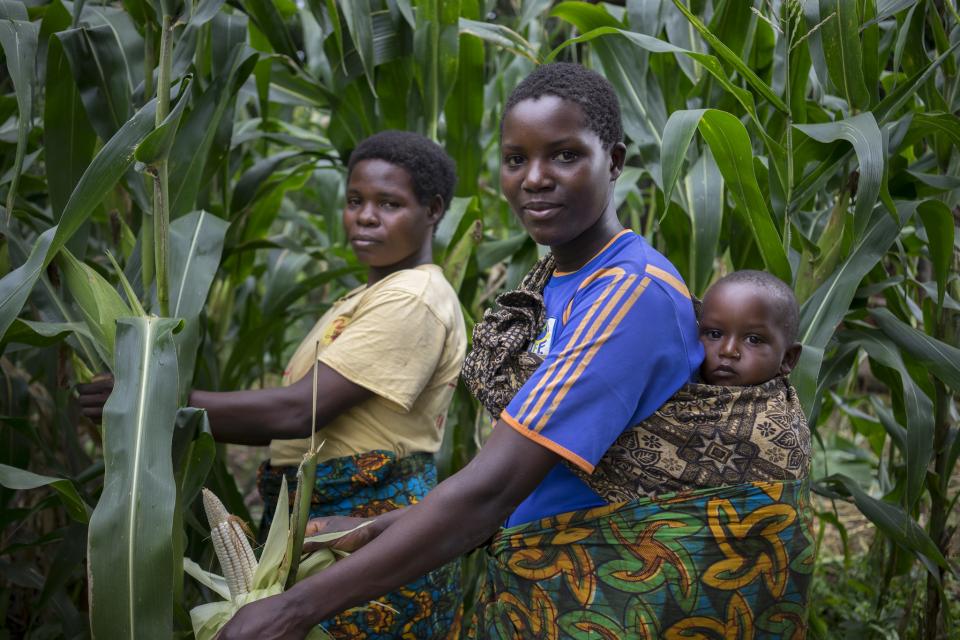Gender-smart agriculture: The only way forward for women and climate
 Photo: Ryan Brown/UN Women
Photo: Ryan Brown/UN Women
Climate Smart Agriculture (CSA) is the only way forward for food and nutrition security and the planet’s resilience. But we need to make sure that the climate-smart agriculture policies, technologies, and tools also work for women who, despite being a significant percentage of the world’s farmers, face major gaps in capturing the benefits provided by CSA.
Over the years the World Bank has worked hard at ensuring that investments in the agriculture and foods sector match the urgency of the climate crisis. Agriculture projects are also overwhelmingly inclusive of women and their enormous roles in the rural sector. The FAO estimates that women make up 43% of the agricultural workforce globally. This number goes up to over 60% in least developed countries.
Women are experiencing increased responsibilities and workloads, especially in situations where there are climate driven outmigration of men and young people. For example, workloads increased for women in rainfed farming households in Maharashtra, India, due to fluctuating crop yields and longer distances to travel for fuel, fodder and water for their livestock. Women may also be hesitant to adopt new adaptive practices in agriculture out of concern that their workload might increase.
Ensuring equitable access to technologies that reduce women’s burden and increase their productivity is essential, and in some cases can lead to increased diversity of crops, improving household nutrition.


